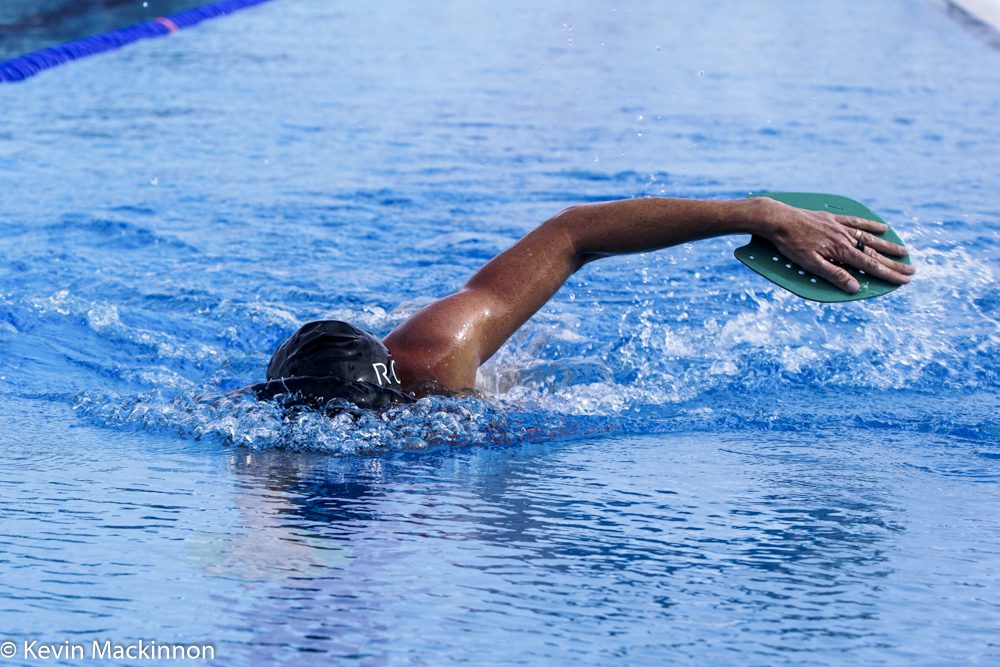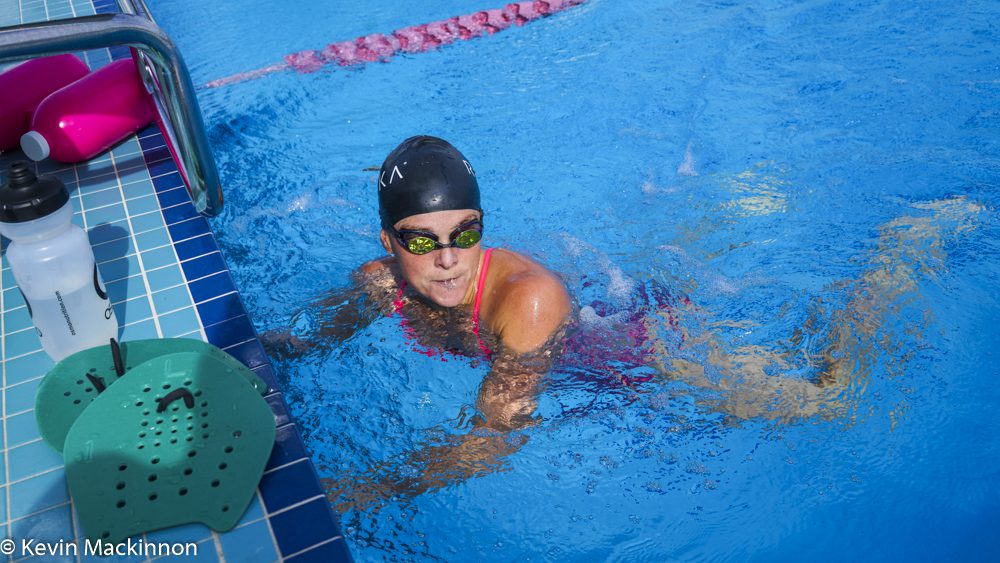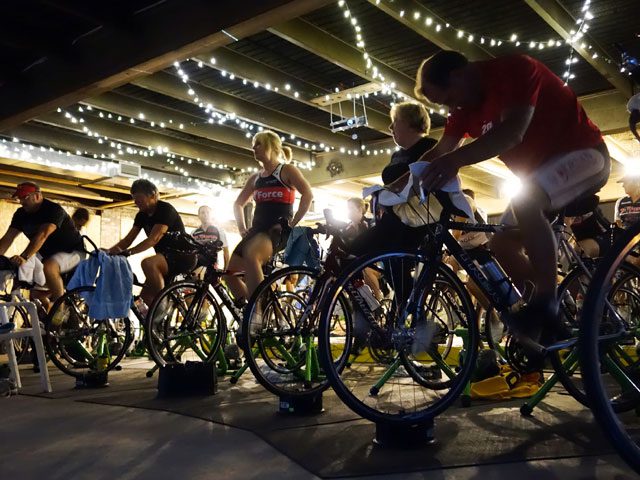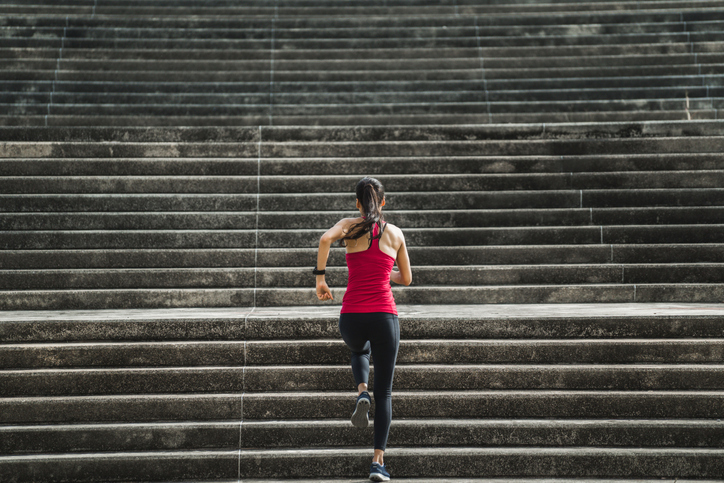Use the winter months to build your strength – without hitting the weight room
Use the challenging weather as an opportunity to work on your strength and power
 Photo by:
Kevin Mackinnon
Photo by:
Kevin Mackinnon
As athletes across North America and Europe are dealing with cold temperatures and challenging weather conditions, it’s easy to lose focus and motivation to work hard in preparation for the upcoming race season. The winter months aren’t a great time to be trying to fit in lots of long efforts, and that’s OK. To me this time of year is the perfect time to work on your strength and power.
While weight training is an important component to working on this part of your fitness, there is a lot you can do to improve your sport-specific strength and power. This can pay huge dividends as you get into the season. Think about it like this – the higher your absolute power is, the longer you’ll be able to handle a lower number. If the most you can push is 300 watts, it’s hard to imagine you’re going to hold 200 watts for hours on the bike. If you can do a sprint at 600 watts, though, that 200 watt number becomes a bit more realistic.
While it is hard to measure in the same way, there’s a similar dynamic in play for swimming and running. The more power you can generate every stroke or as you push off for each stride, the easier it will be to maintain an easier effort. That’s why many coaches will use the early part of the year to work on strength and power, then work on the endurance to sustain that effort for longer periods of time as the season progresses.
So what kind of workouts do you need to do to improve your strength and power? Here are a few suggestions based on stories we’ve done in the past:
Swim

“Dragging a parachute, bucket, towel or sponge is an excellent way to gain strength AND highlight the dead spots in your stroke,” Clint Lien wrote in a story on do’s and don’ts for swim training. “It’s like driving with the breaks on in your car – as soon as you let up on the gas, you slow right down. Figure out how to fill those gaps – and don’t be afraid to add some paddles to add some strength!”
Super-swimmer Lauren Brandon offers up this time-efficient workout designed to work on “your pull while also keeping a good body position.”
Bike

Low cadence workouts have long been a mainstay when it comes to strength work on the bike.
“I have a love/hate relationship with low cadence work on the bike,” says American Olympian and Kona fourth-place finisher Sarah True. “It’s not my favourite type of session, but it’s just so effective for Ironman strength!”
“One of my favourite aspects of a big gear, or low cadence bike workout, is that it is a great way to build strength in the legs,” says another Ironman champion, Lauren Brandon. “You want your cadence to be around 60 RPM during the big gear intervals. Try not to grind on the pedals, but instead think about keeping a smooth pedal stroke. Also, try to do these intervals in your TT position. Think about keeping your upper body relaxed and develop the power from your legs.”
Australian Steve McKenna provided this strength and power workout that he says offers the best “bang for buck.” The eight-minute intervals have you peddling at just 50 to 60 RPM and are designed to get you “used to pushing just above race power on tired legs.”
Build power and strength with this “grinder” indoor bike workout
Run

One of my favourite ways to work on strength and power is through stair workouts, although hill sessions come a close second on that front. Both force you to take on gravity to help build your strength.
“As you walk or run up a flight of stairs, there is a greater load being placed on your glutes, quads, hamstrings and calves, which jacks up your heart rate even higher than a normal run,” Brittany Hambleton points out in the story below. “For this reason, stairs are the perfect blend of cardio and strength.”
Even if you have access to some long flights of stairs, it’s certainly worth incorporating some hill workouts to the training mix at this time of the year.
“Short hill sprints will also build your running speed and power, as they teach your body to generate greater force with each stride–translating to faster times when you hit the flats,” Keeley Milne points out in the story below. “The explosive power developed during short hill repeats can be especially valuable for sprinters and middle-distance runners.”
In addition to being the editor of Triathlon Magazine, Kevin Mackinnon has been coaching for over 35 years.
